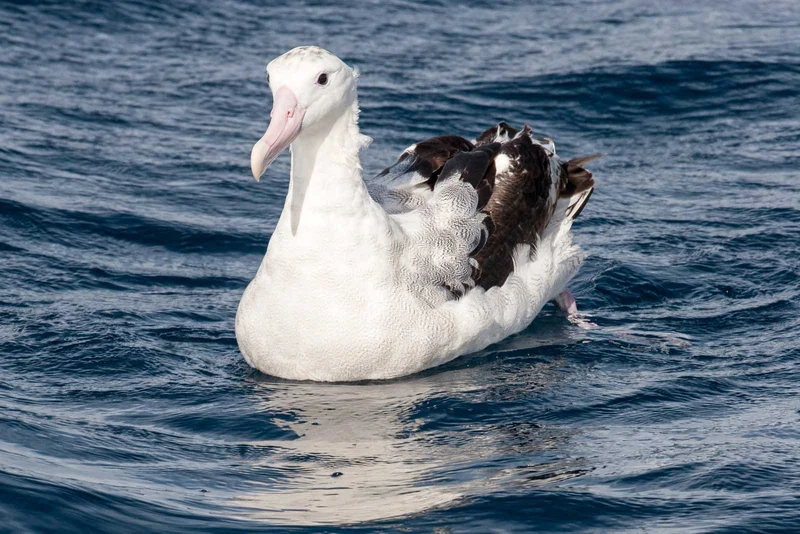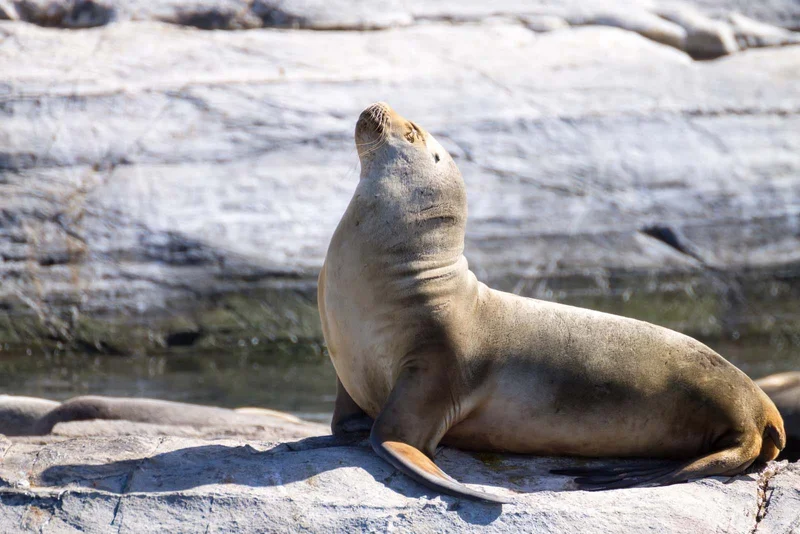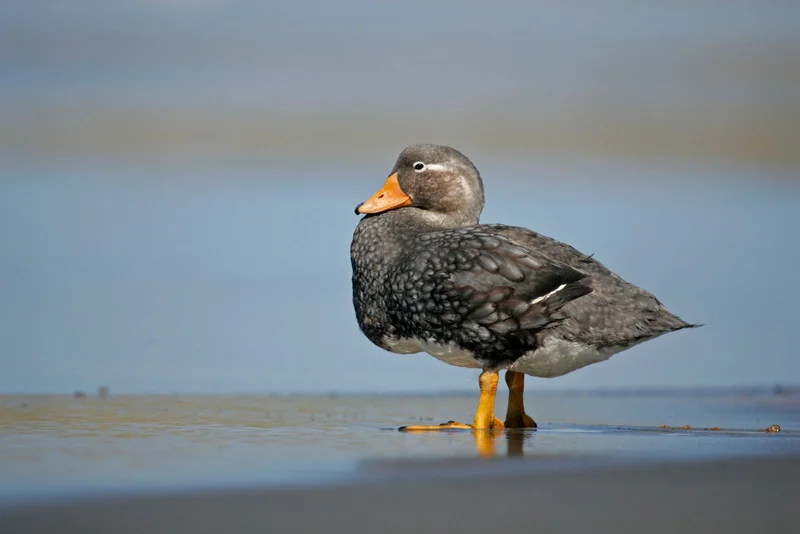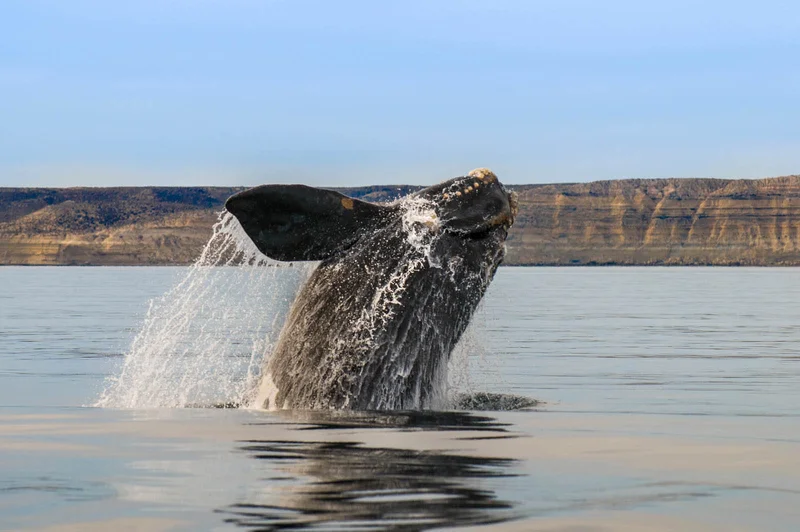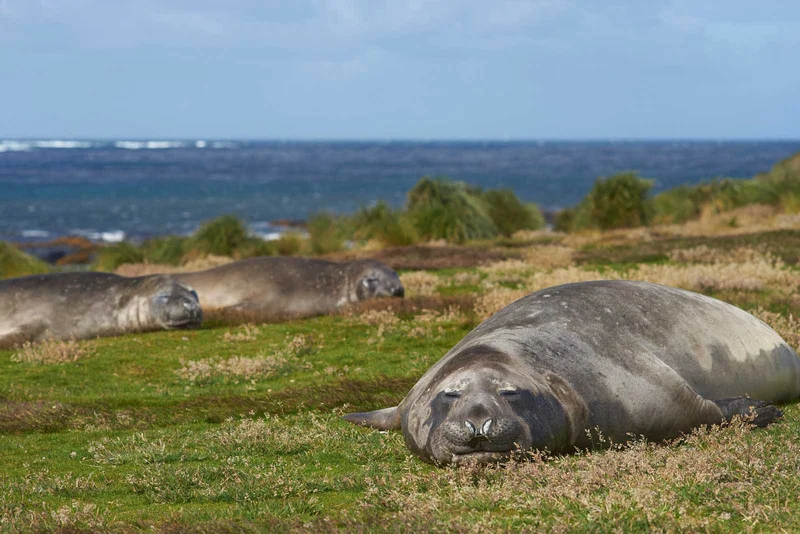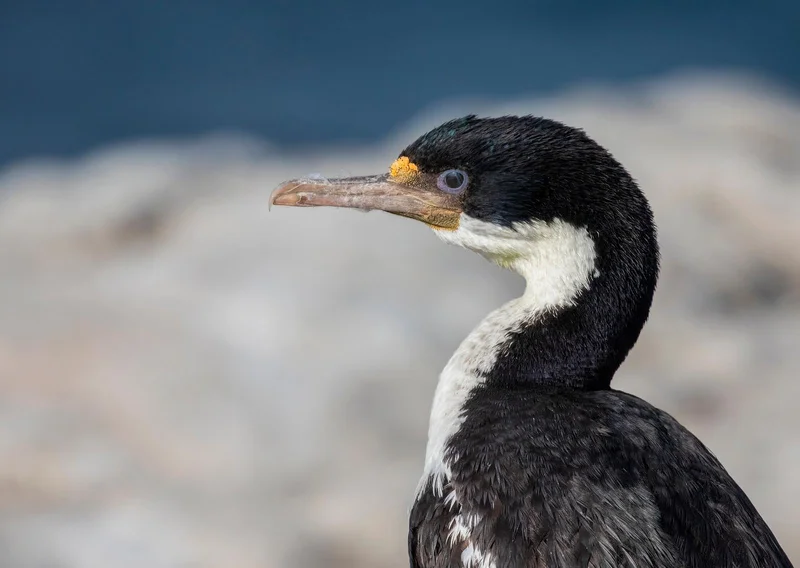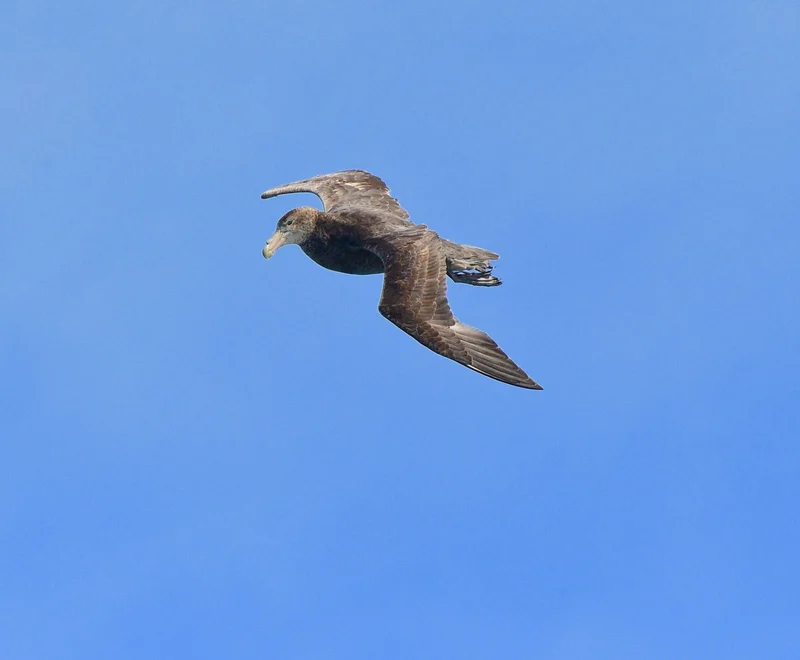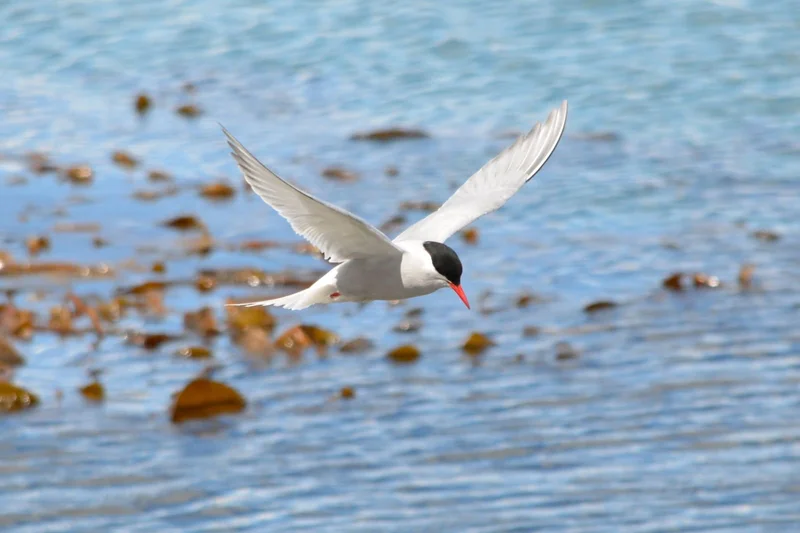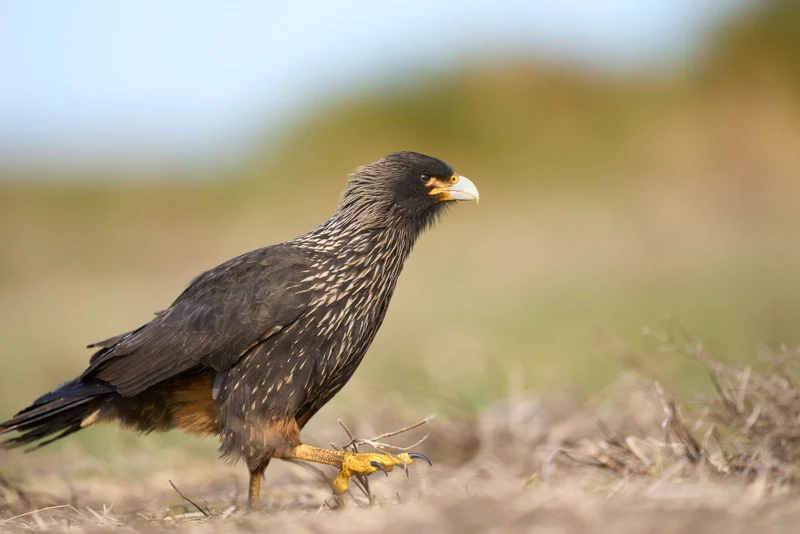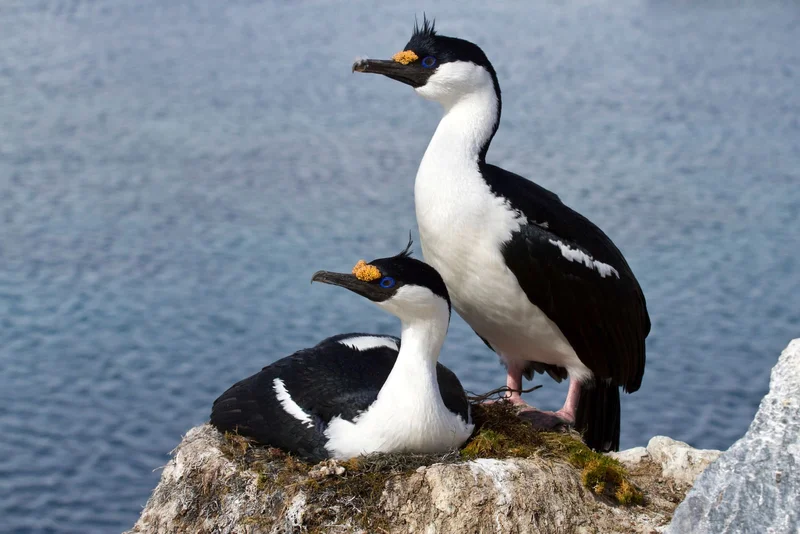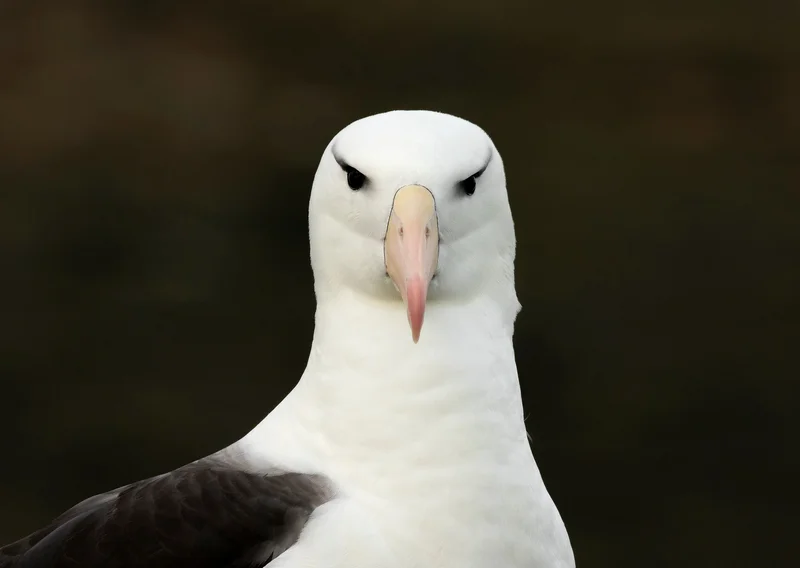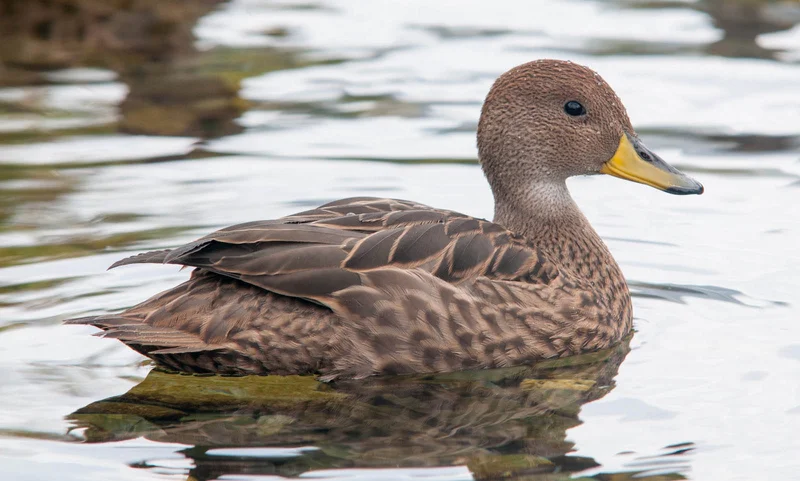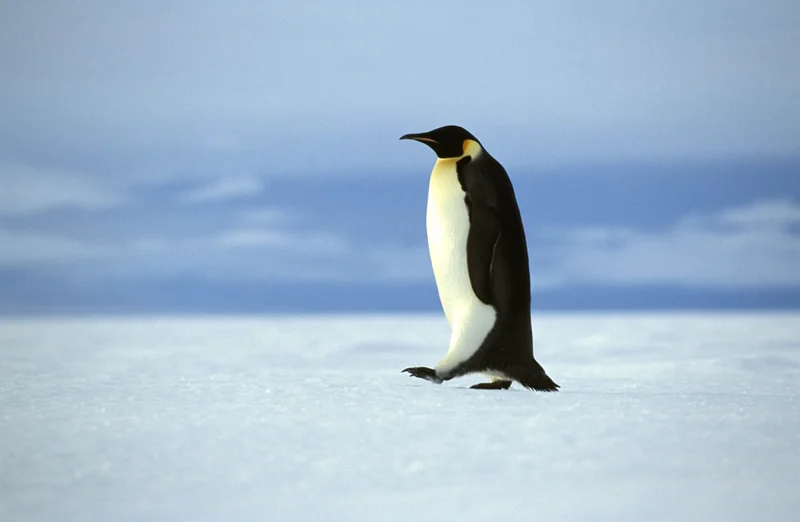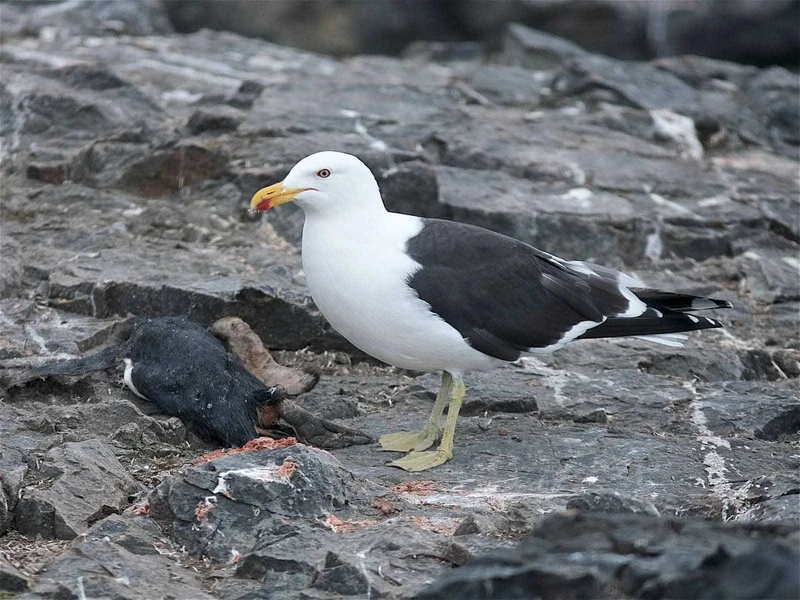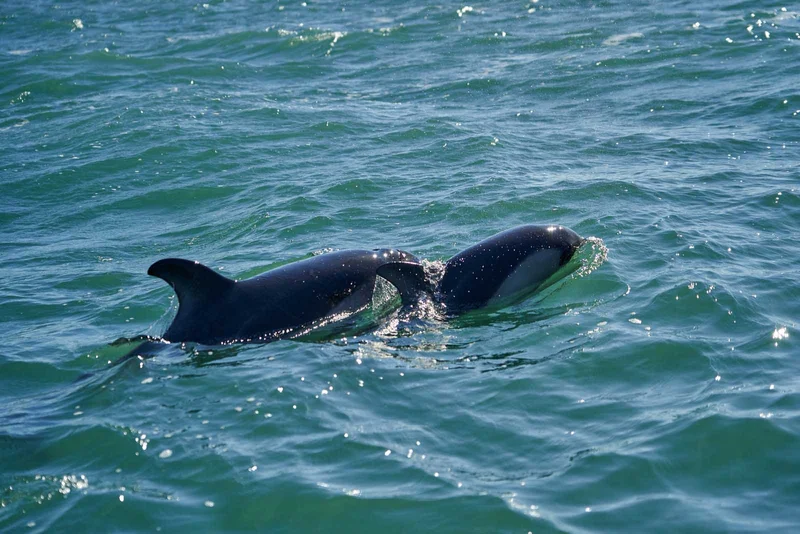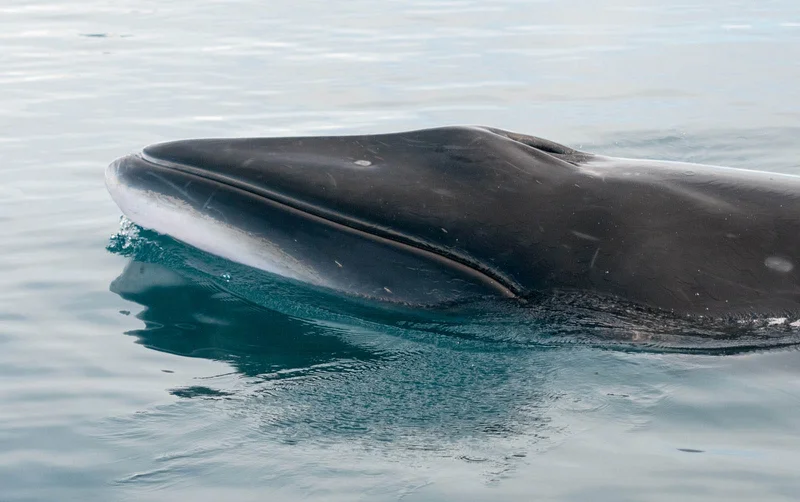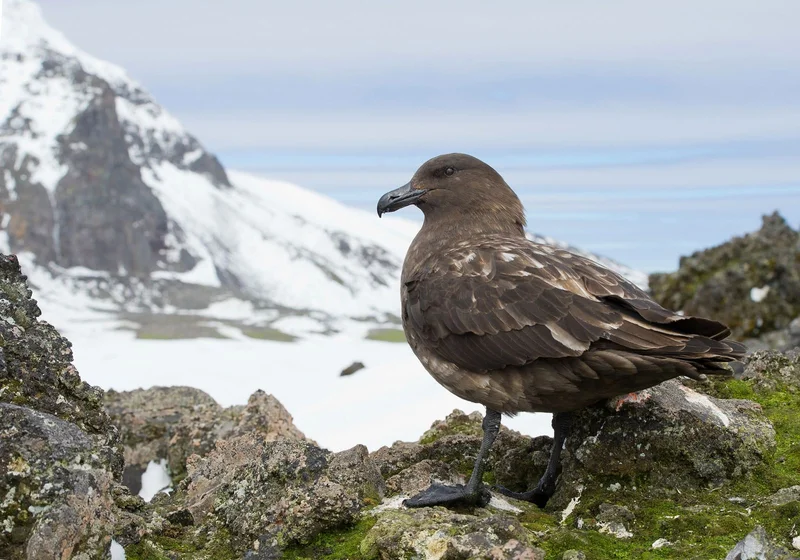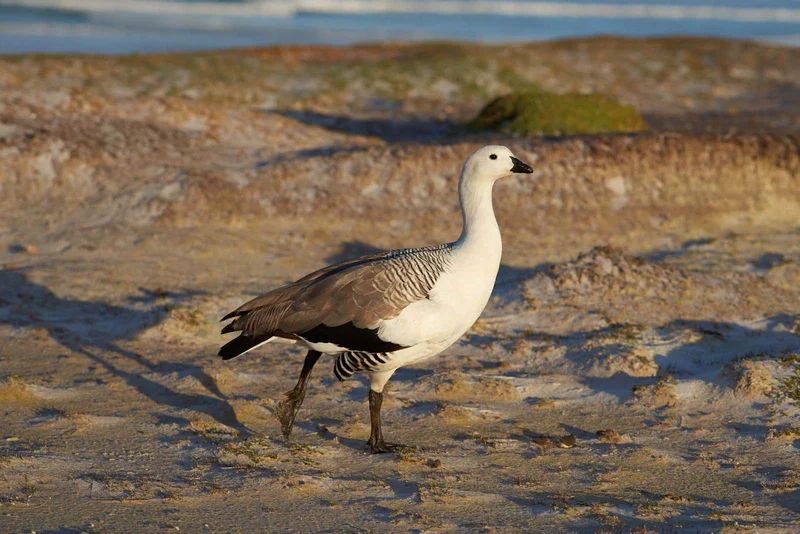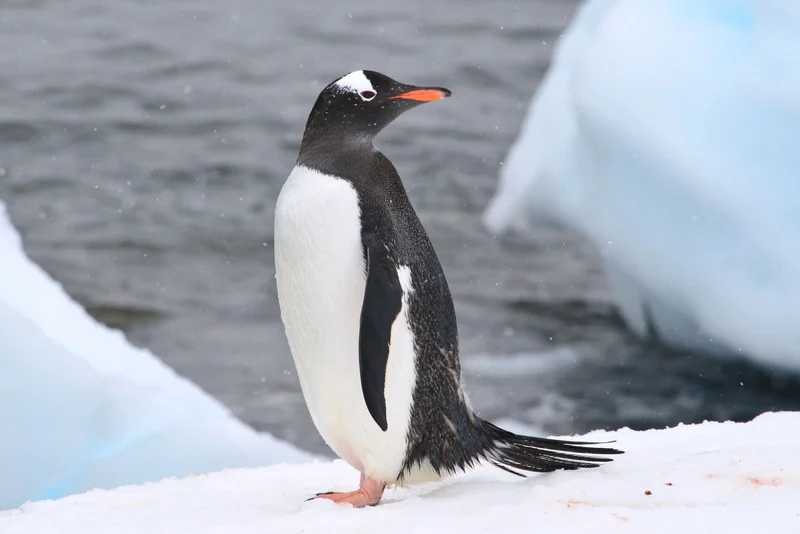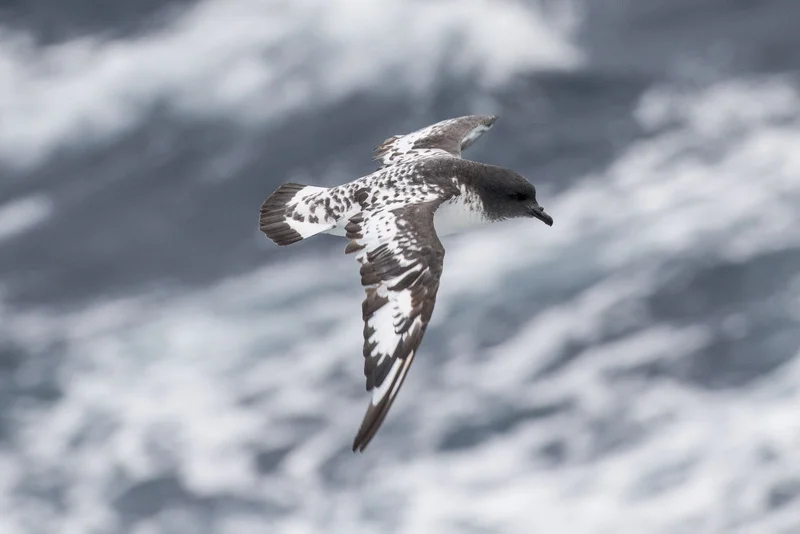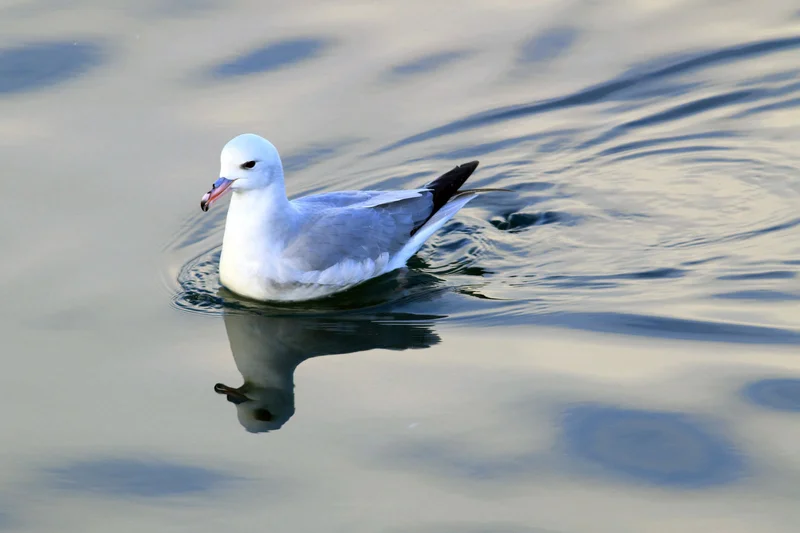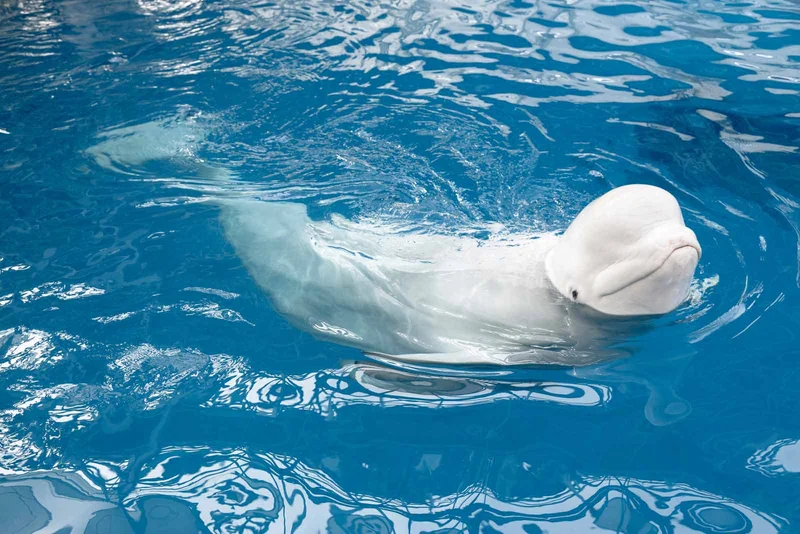Essential Light-mantled Albatross Information
The Light-mantled Albatross, also called the Light-mantled Sooty Albatross due to its sooty-brown coloration, is considered one of the most graceful albatross species in flight. With an average wingspan of about 2 meters (6 feet 8 inches) and a weight of around 3.4 kg (7.5 lbs), this bird is a true ocean traveler, rarely coming to land except for breeding.
Unique Behavior and Flight
Unlike many other albatross species, Light-mantled Albatrosses do not follow ships closely, typically making brief "fly-bys" when spotted at sea. They are often seen in pairs, a behavior that is unusual for other albatrosses, who tend to be solitary at sea. Whether these pairs are breeding pairs or just companions remains unknown.
Breeding and Courtship
During the breeding season, Light-mantled Albatrosses engage in breathtaking aerial courtship displays, showcasing their agility and grace. Once a pair has mated, they bond for many years, potentially for life. These birds can live up to 40 years in the wild.
Diet and Feeding
Their diet primarily consists of squid and krill, but they will also feed on fish, crustaceans, and even the remains of dead seals or penguins. They are opportunistic feeders, taking whatever food is available in their ocean habitat.
Conservation and Population
There are fewer than 60,000 Light-mantled Albatrosses left, with their numbers believed to be decreasing. The colony on South Georgia is a critical breeding site and plays an important role in monitoring the species.
Interesting Facts
- Aerial Courtship: Their graceful flight is on full display during aerial courtship, a remarkable sight.
- Pair Bonding: Light-mantled Albatrosses often bond for life, forming long-term partnerships.
- Declining Population: With less than 60,000 individuals left, conservation efforts on South Georgia are vital to protecting the species.


